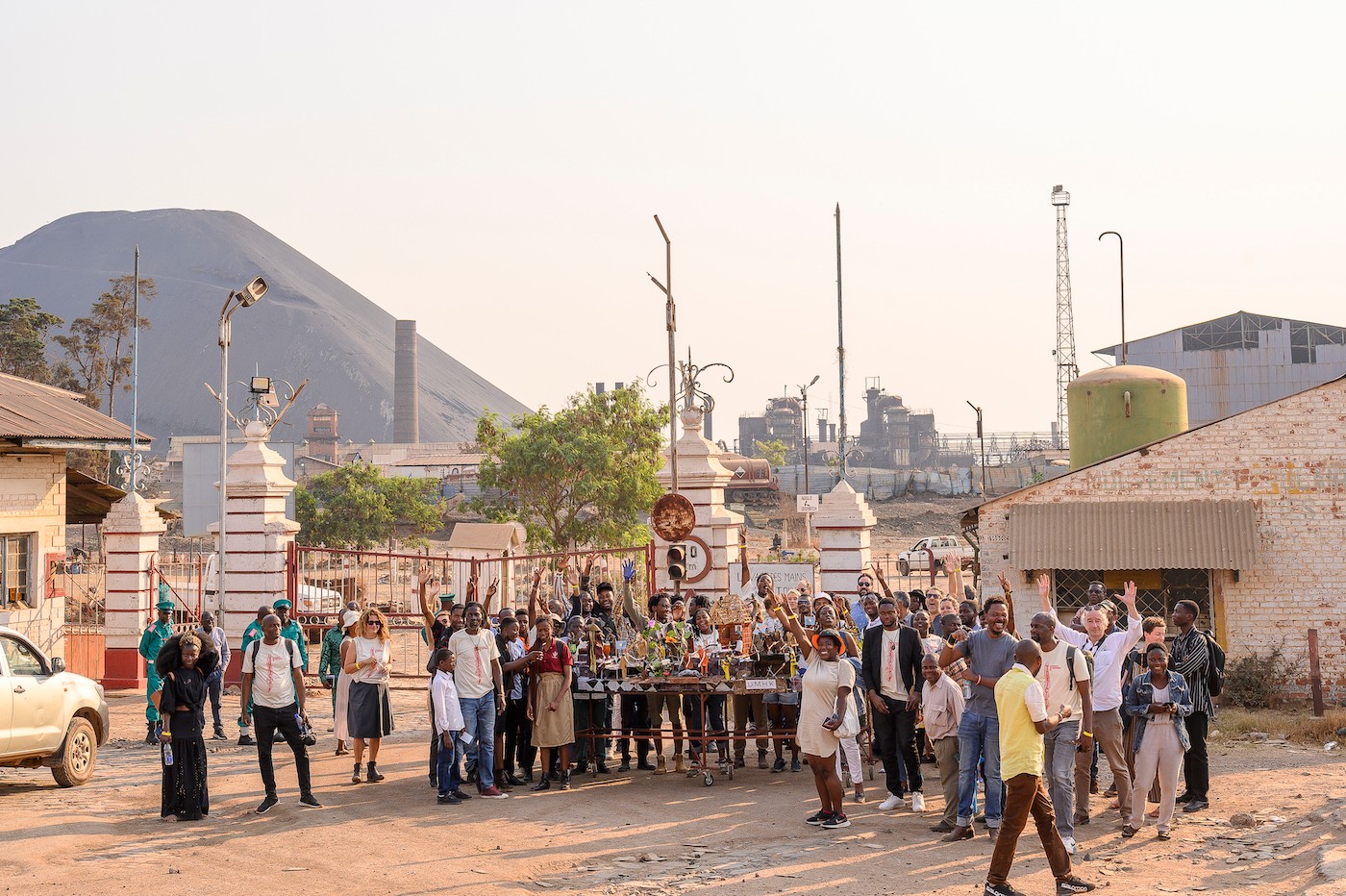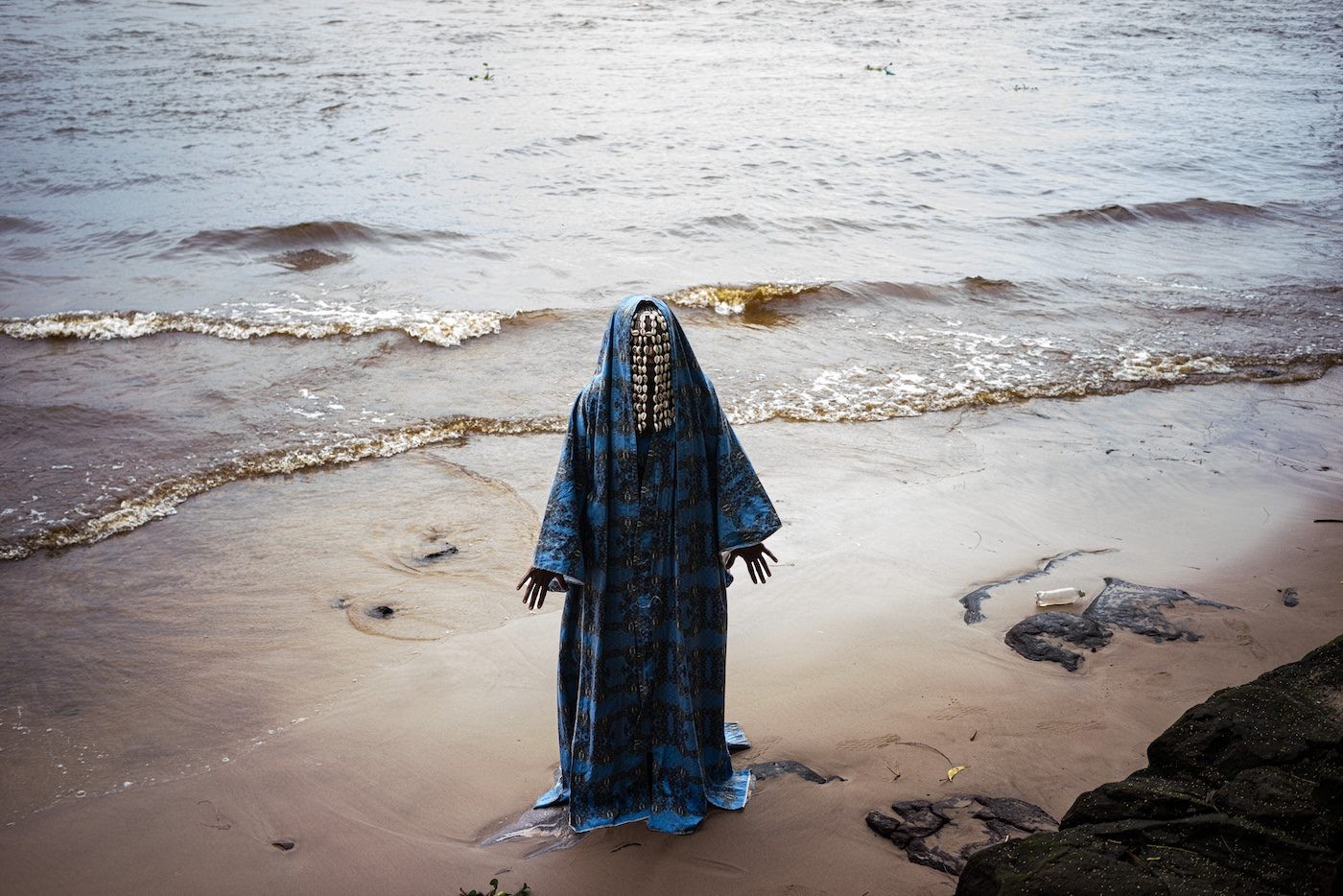Picha Collective Responses to Gloria Mpanga’s opinion piece

21 October 2022
Magazine C& Magazine
Words Picha Collective
4 min read
Find here a response by the curators of the 7th Lubumbashi Biennale to our author’s critical piece, published ahead of the opening.
We want to thank you for publishing this beautiful text on the Biennale. However, we wish to specify that it overlooks or bends certain details, especially in the phrase "one might be tempted to think that one of the major problems still lingers on, since enlarging the group of curators does not address the thorny question of the condescending nature of this biennale, which will once again eye the problems of the Congo through the lens of artistic directors and curators who are non-Congolese or whose relationship with the Congo is as yet unproven." The main curator of the Biennale is Picha, a collective that has existed locally for over a decade (this is not clear in the article). The associated curators – “whose relationship with the Congo is as yet unproven,” according to the author – either have a long history of working in Congo or its neighbouring countries, with Congolese artists, or have expertise in the questions raised by Picha and this year's theme for the Biennale. Let us not forget that Lubumbashi is situated on the southern edge of Congo, on the very frontiers of a Congo created and drawn out by colonial institutions. With Zambia, Angola, and South Africa often more readily reachable than Congo’s own capital, with not Lingala but Swahili being the dominant language – among many others – Lubumbashi is not only Congolese, but also part of many different knowledge, culture, and trade systems beyond it; it exchanges influences, resources, languages, and knowledge with its region.
The associated curators are therefore not invited to attempt to define the Congo but to each add proposals – from podcasts to artists and workshops – that extend the theme and issues carved out by Picha itself to their own bodies of research, culture, and geographies. It is Lubumbashi and the Lushois that are central here, not Congo as a national entity (note that the title is Lubumbashi Biennale, not Congo Biennale).
Their relationship to Lubumbashi is one of reverberation and echo, rather than one shaped by any effort at defining Congo or its artistic scene. To claim that only Congolese curators would be able to do this denies Congo its historical and contemporary complexity and place in the world (to which the last Biennale, curated by Sandrine Colard, forcefully referred). As Congo is a central node in the world's geography, but also in its economy and imagination, it is – according to us, at Picha – of vital importance to make such reverberations, connections, and contrasts visible. Not on the basis of exterior tropes, but through a local one that impregnates daily life and its imaginaries in Lubumbashi: toxicity.
Moreover, what is most important in this Biennale is the toxicity of the inflexible “biennial model” which critics suppose serve to “define” a moment, trend, or generation in a country. Based on care, collective action, knowledge exchange, and questions over answers, this Biennale wishes to serve as a moment of collective practice, of how Lubumbashi and its artists can inspire new ways of thinking, subverting and alchemizing the toxic. Others are welcomed in this collective practice, as are any ideas they may contribute to the questions at the heart of this edition. Condescending, then, would rather be to deny Congo, Lubumbashi, and their artists the porosity that is their own, to isolate them from the global web they are so clearly part of, and from which they can draw, eject, and alter anything they wish.
Picha Collective
Read Gloria Mpanga's opinion piece here.
Read more from

On Ghosts and The Moving Image: Edward George’s Black Atlas

Confronting the Absence of Latin America in Conversations on African Diasporic Art

On Exile, Amulets and Circadian Rhythms: Practising Data Healing across Timezones
Read more from

Irmandade Vilanismo: Bringing Poetry of the Periphery into the Bienal

I Am Monumental: The Power of African Roots

